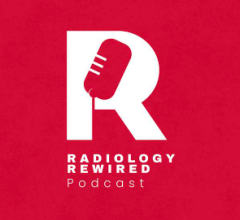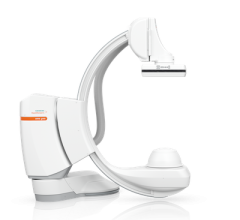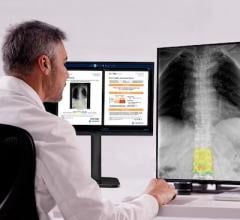
Getty Images
July 1, 2021 — If you are traveling to HIMSS21 in August, be sure to note that the Healthcare Information and Management Systems Society (HIMSS) has adopted a “Vaccination Required” approach for all attendees, exhibitors and HIMSS staff at HIMSS21. This means all HIMSS21 attendees, exhibitors and HIMSS staff will have to provide proof of their COVID-19 “full vaccination” in order to gain access to the HIMSS21 campus. Per the HIMSS21 web site, a person is considered fully vaccinated:
- 2 weeks after their second dose in a 2-dose series, such as the Pfizer and Moderna vaccines, or
- 2 weeks after a single-dose vaccine, such as Johnson & Johnson’s Janssen vaccine
This guidance applies to COVID-19 vaccines authorized for emergency use by the U.S. Food and Drug Administration (Pfizer-BioNTech, Moderna, and Johnson and Johnson (J&J)/Janssen COVID-19 vaccines), and COVID-19 vaccines authorized for emergency use by the World Health Organization (AstraZeneca/Oxford, Covishield, Sinopharm and Sinovac), on or before July 26, 2021. The full list of vaccines with final WHO EUL/PQ evaluation status is available here.
If an attendee, exhibitor or HIMSS staff member does not meet these requirements, they are NOT considered fully vaccinated and will not be permitted to enter the HIMSS21 campus.
Masks will be supported but not required on the HIMSS21 campus. Because all attendees, exhibitors, and HIMSS staff must comply with the Right of Entry requirement, registrants will not be required to wear masks on campus.
For more information: www.himss.org


 December 05, 2025
December 05, 2025 









